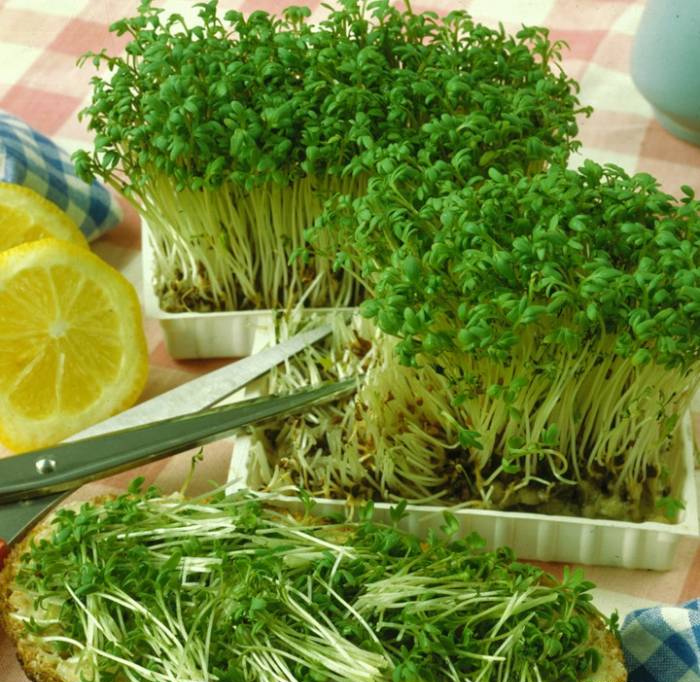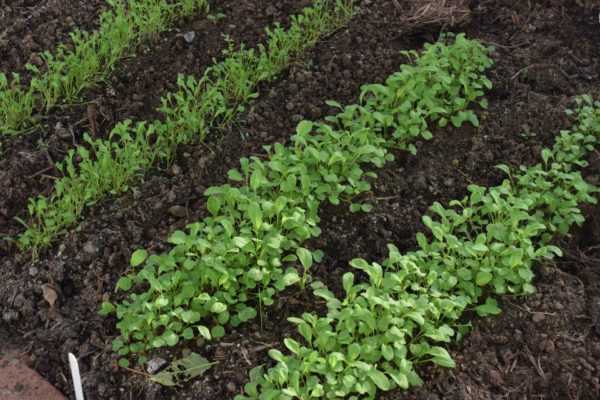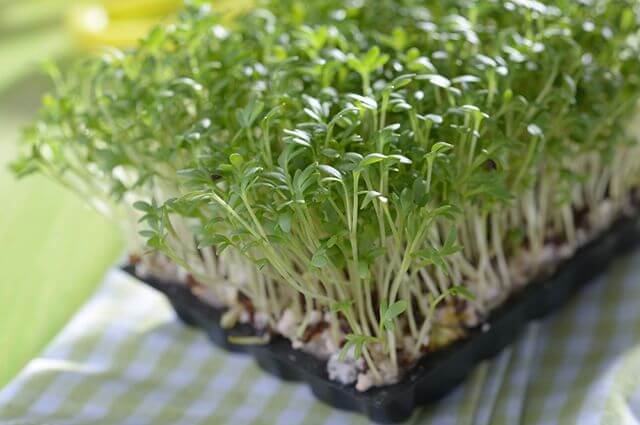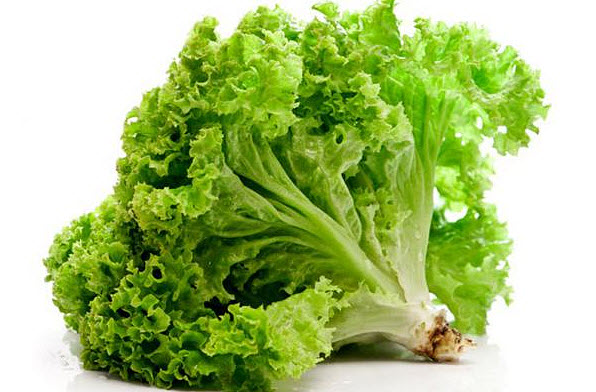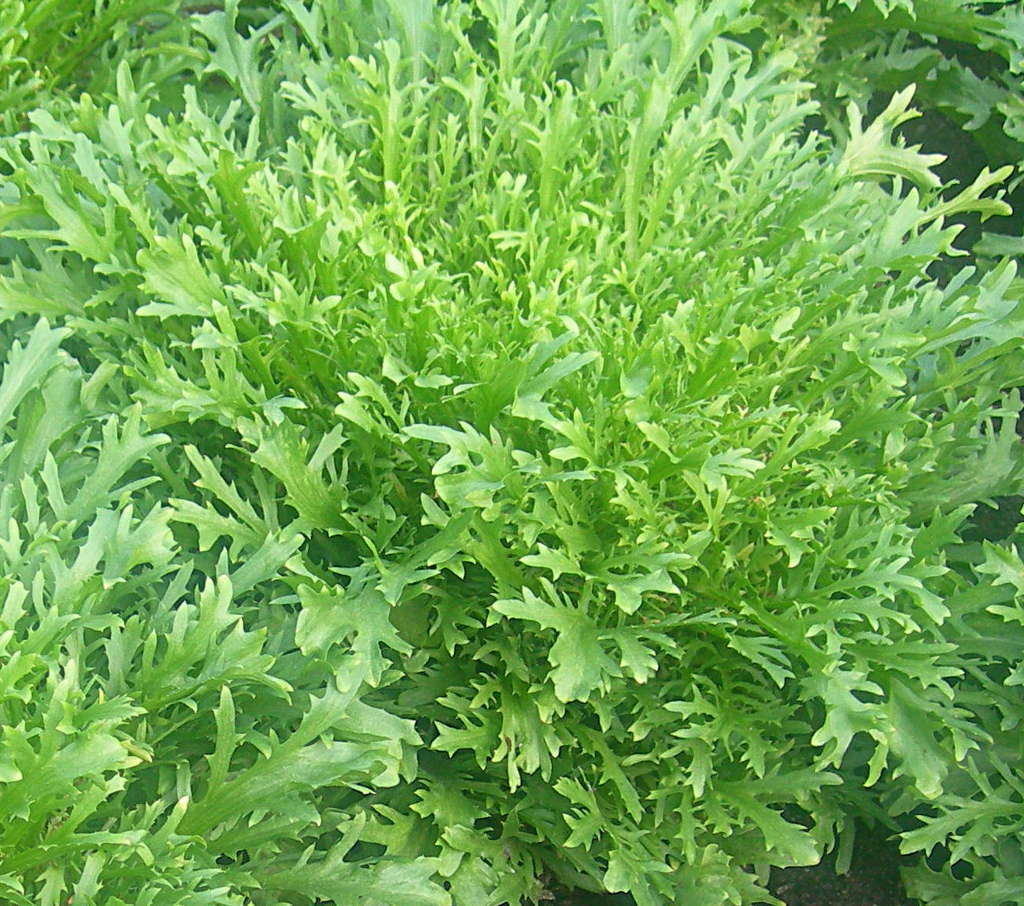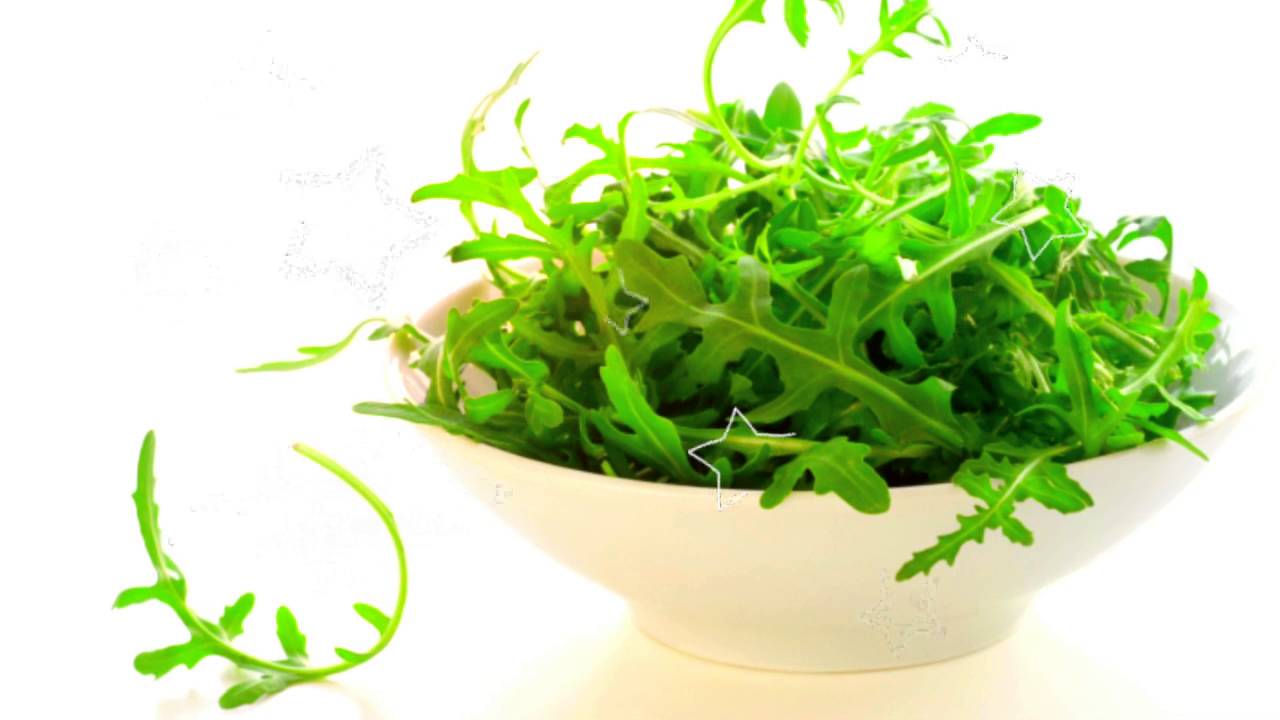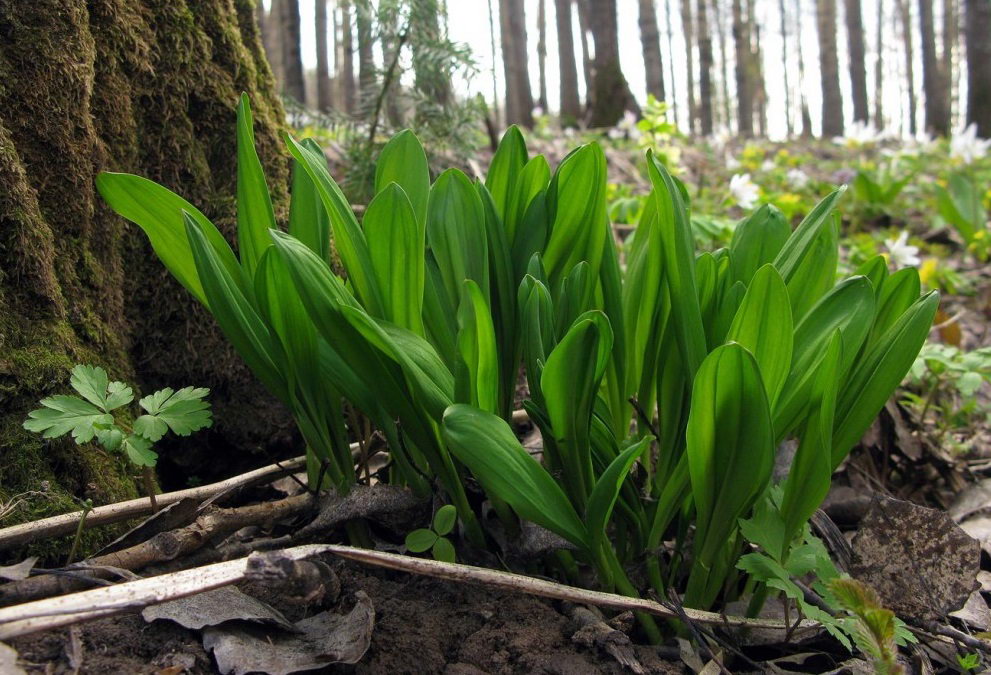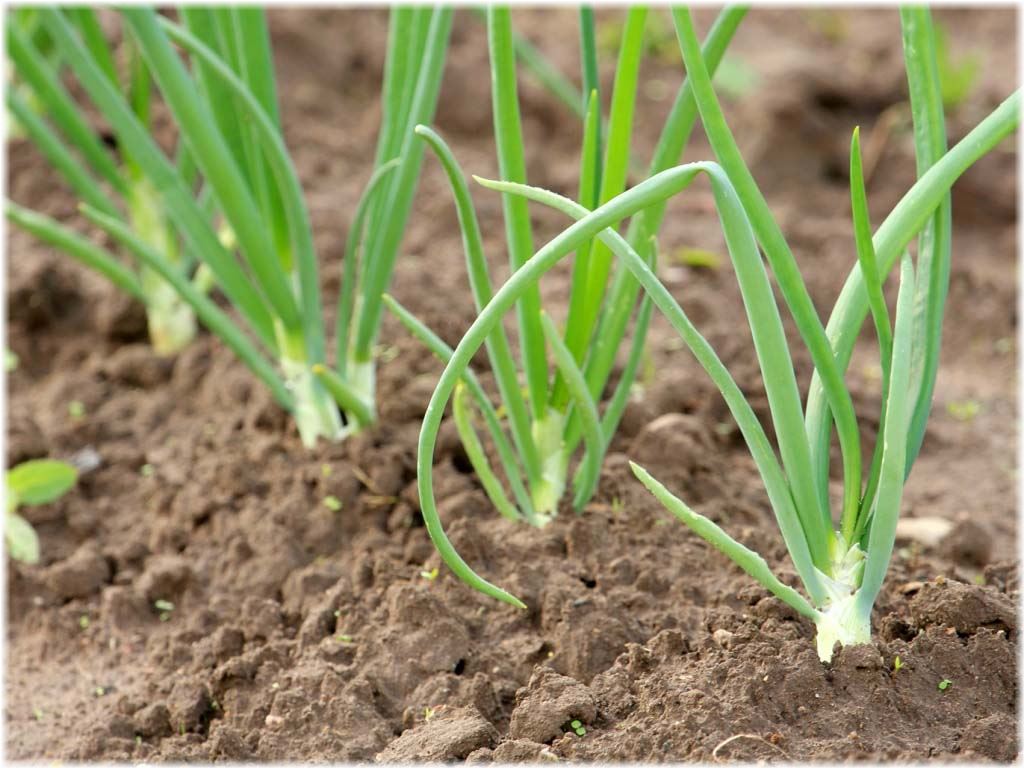Content:
There are different types of greens that vegetable growers grow in their garden beds: dill, parsley, cilantro, as well as leafy greens (mustard, various types of salads). This article will talk about watercress, its beneficial properties, main varieties and varieties.
Description
This plant is a herbaceous annual, its aerial part is used for food. Watercress belongs to the Cruciferous family, is unpretentious in cultivation, does not require special care. It is grown in many countries of the world, eaten as an additive to salads, and also as a medicinal plant. The taste of the foliage is slightly tangy, thanks to the mustard oil that is part of it.
In height, this annual can reach 0.5 m, the foliage of the root zone is feathery, the top is oval. Flowers are small in size, white or light pink. After they fall off, the pods, which contain the seeds, begin to ripen on the plants.
It is believed that the first watercress was discovered in Iran, since then this country has been considered its official homeland. Thanks to its piquant taste, this plant was later cultivated on their plots by gardeners from all countries of the European continent. New varieties of this annual crop were bred, which have a peculiar taste, are undemanding to care, and during the season they can harvest a large crop of green mass from the beds.
Main characteristics:
- dark emerald green mass;
- bitter taste;
- spicy smell.
Currently, few people do not know what "watercress" is, because watercress has been actively used in food for more than a decade. This spicy herb can be found on sale not only at vegetable growers, but also in supermarkets.
Varieties
There are several main types of this annual that can be grown in the garden or on the windowsill:
Whole-leaved
For annuals of this cultivar, the appearance of a large basal rosette (up to 20-21 cm in diameter) with foliage up to 5-7 cm in length is characteristic. The best varieties:
- Ducat is characterized by ultra-early maturity, from the moment the shoots appear until the ejection of the peduncle, it takes about 3 weeks. Foliage - large, has a characteristic mustard flavor;
- Broad-leaved - with an early ripening period (1-1.5 months from the moment of emergence to the collection of delicate leaves). Foliage of this type is used in the preparation of vegetable salads, as well as as a component in sauces or gravies for the second meat or fish dishes.
Curly (or curly)
How the leaves of such a watercress might look is clear from the name - the foliage in raised rosettes is heavily cut and curly. The diameter of the rosettes is medium, about 16.5 cm in diameter.
Vegetable growers especially liked the following varieties:
- Openwork is an early variety, from the moment the seedlings appear to the collection of greens, it takes up to 25 days. This variety of watercress can be grown outdoors and indoors, as well as at home;
- Curly - in terms of ripening, it belongs to the mid-season varieties (about 37-39 days). This annual is used for food during the period of the beginning of shooting, while the arrows (before flowering) and foliage from the root outlet are added when preparing salads and sandwiches, as a dressing in soup;
- Curly Cress is also a mid-early variety (up to 39 days).
Sowing
This is an intermediate form between the first species, the foliage of such a watercress is poorly dissected, this annual is distinguished by its early maturity. The most popular varieties are:
- Fun - early ripe (ripening period - up to 1 month), can be grown in open and closed ground, as well as at home. Young foliage tastes like horseradish;
- Dansky is one of the earliest ripening annuals; after 14 days, you can already use its foliage for food. This variety is highly resistant to spring frosts and sharp drops in air temperature. Its foliage contains an increased content of ascorbic acid, as well as trace elements - Fe, K, J;
- Narrow-leaved early (up to 20 days), characterized by increased productivity, can grow in any conditions;
- Early Kurled (about 16 days), intended for growing at home, has a good yield, taste - spicy with a mustard flavor.
Tsitsmate
Separately, it is worth talking about tsitsmata. Tsitsmati is a garden watercress, which is also grown for its delicate leaves that are original in taste. This annual plant is extremely useful to eat in the spring, when there is practically no vitamins and trace elements left in the human body after a long winter period. The taste of these lettuce leaves is similar to mustard and horseradish foliage, slightly tart.
Culture properties
The green mass of this annual herb contains many useful substances:
- vitamins A, D, E, K, PP, group B;
- vitamin C;
- various trace elements;
- essential oils;
- flavonoids and some other active substances.
The benefits of eating such leaves are undeniable:
- stabilizes blood pressure;
- improves the functioning of the heart and blood vessels;
- helps to remove toxins and toxic substances;
- helps to establish the work of the endocrine system;
- watercress is included in the menu of overweight people due to the low calorie content of its foliage;
- the plant should be consumed by pregnant women, as it contains folic acid;
- improves sleep, relieves stress, helps relieve depression;
- prevents the occurrence of cataracts and a number of other eye diseases.
The usefulness of this herb for human health is undoubted, it is also actively used in cosmetology, there are many recipes from the green mass of watercress to improve the condition of hair and skin.
But this plant can do harm. It should not be eaten by people with the following medical conditions:
- gastritis;
- colitis;
- with peptic ulcer;
- hypotension;
- kidney disease;
- with frequent urination;
- preschool children.
For the first time, you should not "lean" on this herb - you should eat a little and look at the body's reaction, since a person may experience an allergic reaction to the components that make up the watercress.
Pests and measures to control them
Since this herbaceous annual has a short ripening period, the pests do not have time to settle on it. In addition, the spicy mustard smell and taste repels most "harmful" insects. Improper watering can harm the plant much more. If the soil is too wet, the watercress root system may begin to rot or fungus may develop on the plant. Therefore, the main thing when caring for a growing plant is compliance with the watering regime.
